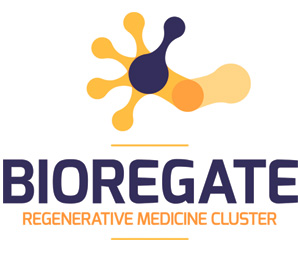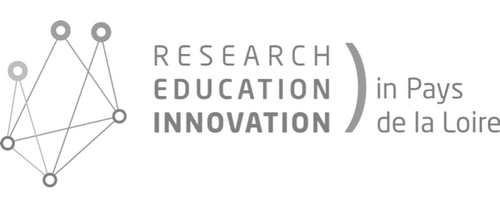Project abstract
Articular cartilage is an avascular, non-innervated connective tissue with limited ability to regenerate.
Articular degenerative processes arising from trauma, inflammation (rheumatoid arthritis) or due to aging (arthrosis) are thus irreversible and may lead to loss of the articular function. In order to repair cartilaginous defects, several surgical techniques have been developed mainly based on subchondral bone marrow, implantation of healthy cartilage or chondrogenic tissue.
However, multiple disadvantages arising from these techniques led to development of new therapeutic strategy, namely tissue engineering, based on the use of signalization pathways proper to the organism to reconstruct its tissue. In fact, the association of cells (chondrocytes or mesenchymal stem cells) together with signalling molecules (growth factors) into biocompatible hydrogel matrix should lead to the regeneration of the functional tissue.
In order to guide advantageously the survival, proliferation and also differentiation of stem cells toward chondrocytes, the need for growth factors during cell differentiation, and particularly their strong release during first seven days, is essential. In this context, the encapsulation of growth factors within micro-matrices allowing both their protection against external degradation and their controlled release leading to the enhancement of their bioavailability, should respond to the issue.
Here, the proposed approach consists in encapsulation of growth factors in biomimetic micro-matrices generated by microfluidics. This technique has already been used for cell encapsulation inside hydrogel micro-matrices, however, microfluidic has not been applied yet for growth factor encapsulation. In this project, the micro-matrices will be formulated using marine exopolysaccharides (EPS) displaying both structural and functional properties of glycosaminoglycans (GAGs) such as those present in cartilage extracellular matrix. Thus, due to their GAG-mimetic properties, EPS will mime the natural components of cartilage and allow the local reconstruction of the extracellular matrix. Growth factors will be directly integrated in micro-matrices of EPS during their structuration by microfluidics (simple micro-matrices) and double encapsulated inside small microspheres that will further be incorporated into the micro-matrices of EPS generated by microfluidics (double micro matrices).
Finally, in order to reveal the existence of the correlation between mechanical properties of stem cells originating from different donors (different age and medical status) and their ability to differentiate into chondrocytes, elasticity maps will be made using Atomic Force Microscopy (AFM).

